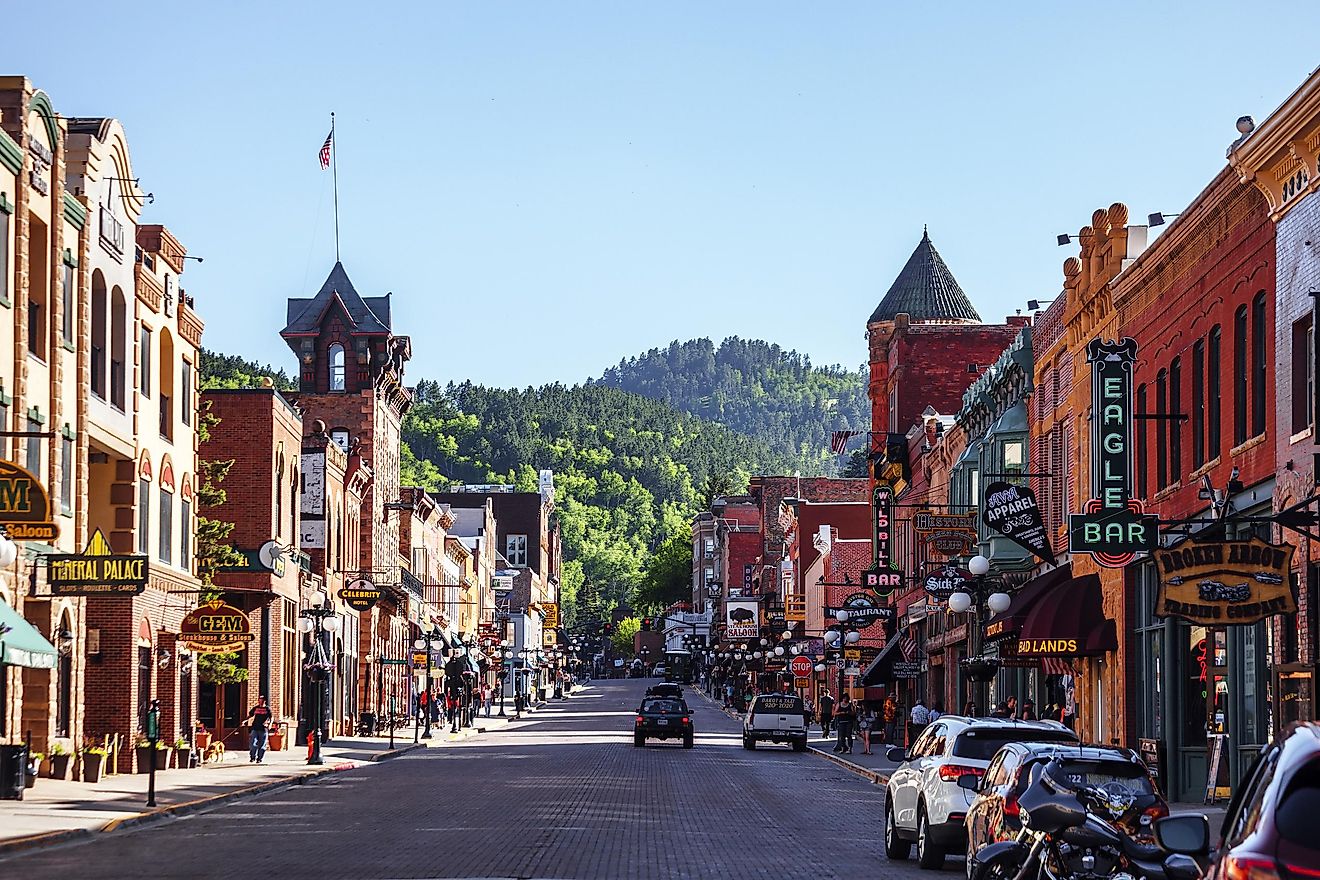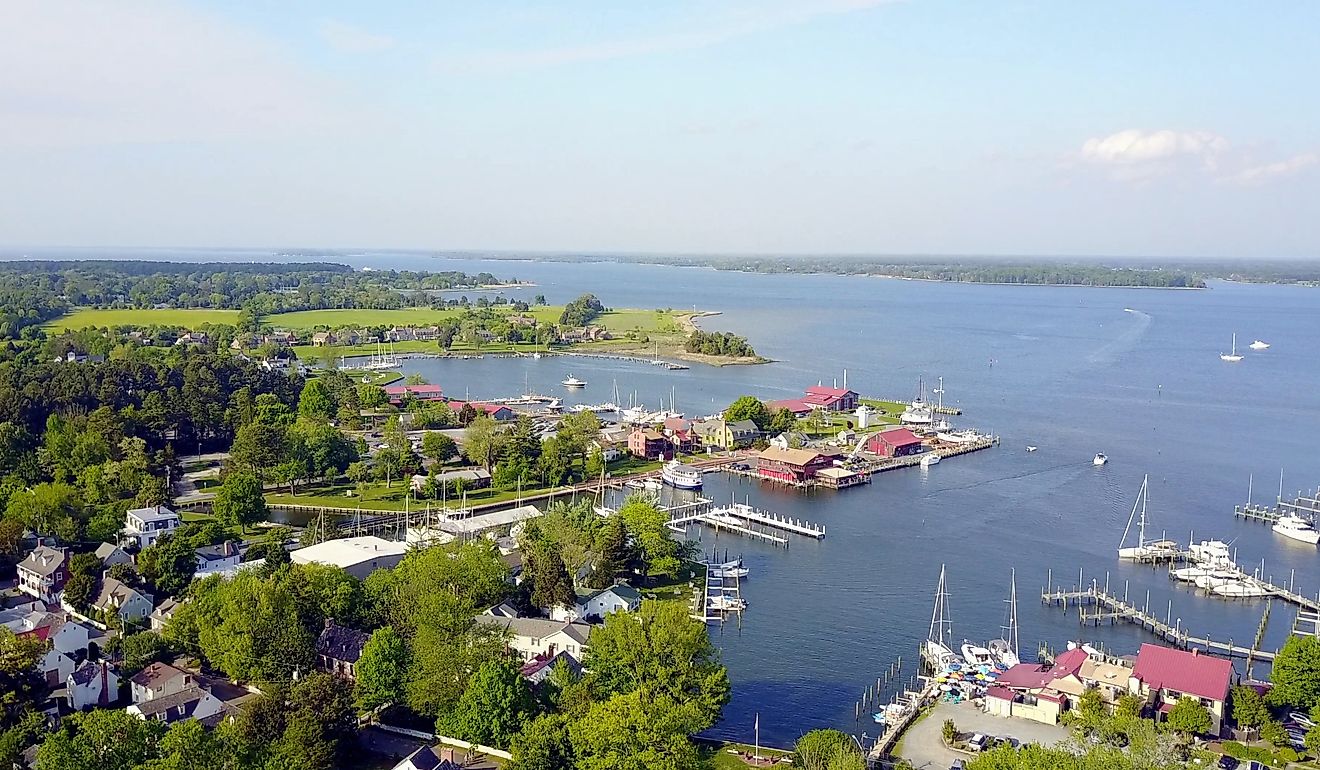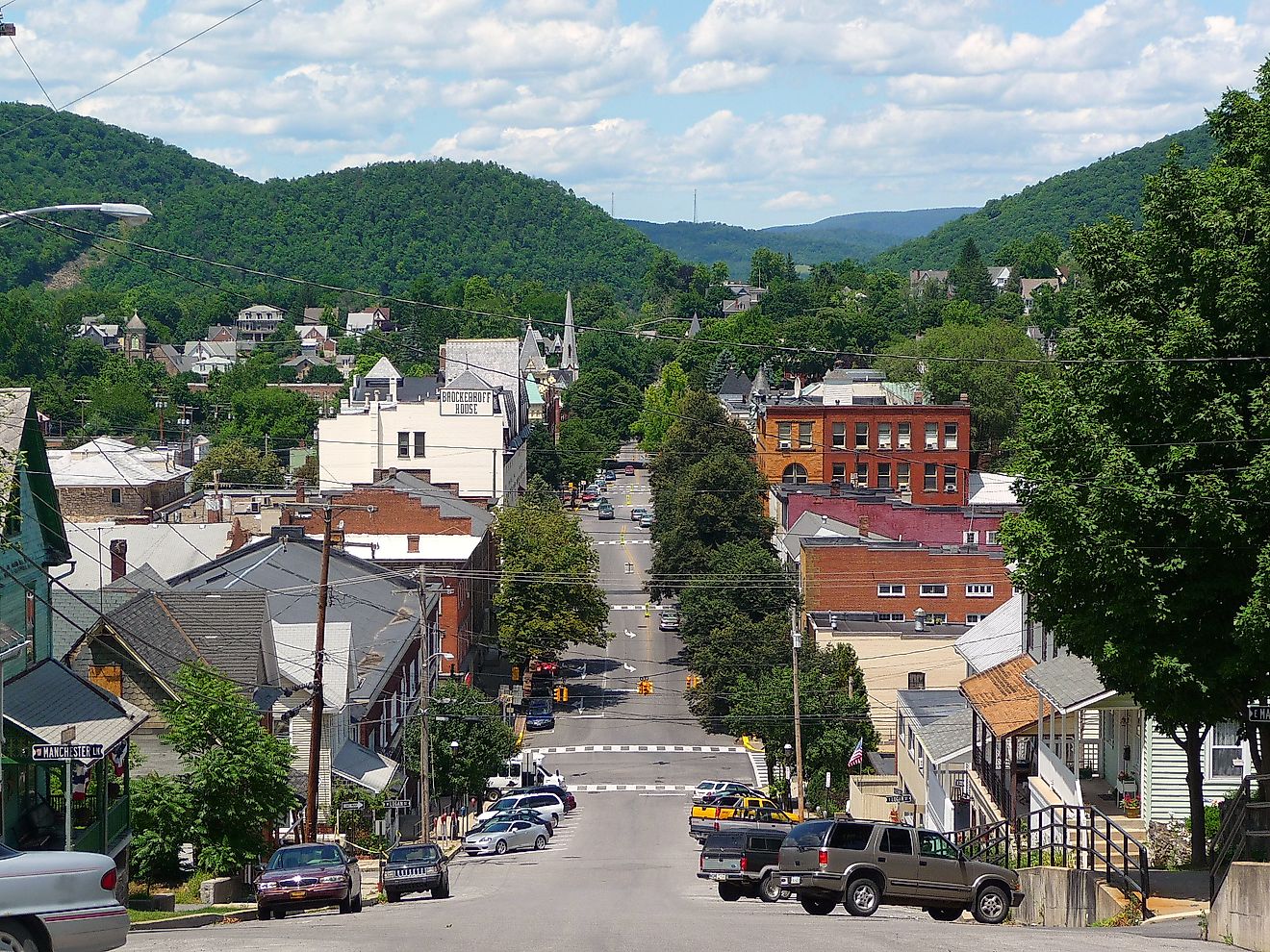
Ranthambore National Park, India
Covering an area of 3,287,263 sq. km, India is the 7th largest and the 2nd most populous nation in the world. The country is blessed with rich and diverse flora and fauna and shares four global biodiversity hotspots besides being one of the world’s megadiverse countries. To conserve this enormous biodiversity, many significant protected areas have been established throughout the country. Currently, there are about 104 National Parks, 51 Tiger Reserves, 551 Wildlife Sanctuaries, and 18 biosphere reserves in India.
Contents:
The Ranthambore National Park

Location
Often referred to as “The Land of Kings”, Rajasthan is the largest Indian state, located in the extreme northwestern part of India and occupying an area of 342,239 sq. km. As per the ‘State of Forest Report 2019’, Rajasthan, has a forest cover of 32,737 sq. km, which comprises about 9.57% of the state’s geographical area. Rajasthan also hosts several well-known protected areas which help to conserve the rich biodiversity of the State. Situated in the Sawai Madhopur district in the eastern part of the State of Rajasthan, the Ranthambore National Park is one of the most well-known national parks in India. The Park is located about 160km from Jaipur and about 7km from the Sawai Madhopur Railway Station. Ranthambore National Park has been named after the historic Ranthambore Fort, which is located inside the National Park and overlooks the entire forest. The Ranthambore Fort was declared as a UNESCO World Heritage Site in 2013.
Geography
The Ranthambore National Park is situated at the junction of the Aravalli and the Vindhya Mountain ranges and is bordered by the Chambal River in the south and the Banas River in the north. The Park occupies a total area of 392.50 sq. km, of which 274.50 sq. km is the core area and 118 sq. km is the buffer zone. The entire Ranthambore Tiger Reserve encompasses a total area of 1,334.64 sq. km and includes the Ranthambore National Park (392.50 sq. km), the Sawai Mansingh Sanctuary (127.60 sq. km), the Qualji Closed Area (7.58 sq. km), and other forest areas (132.96 sq. km). The Keladevi Wildlife Sanctuary forms the buffer zone of the Ranthambore Tiger Reserve.

The Ranthambore forest area has a highly undulating topography that varies from mild, vertical slopes to sharp, pointed hills. The rugged and rocky terrain is interspersed with small narrow valleys, low hills, steep hilly outcrops, plateaus, slender river streams, and prominent ravines. A unique geomorphologic feature of this area is the “Great Boundary Fault” which serves as the meeting point between the hill ranges from the two separate mountain systems – the Aravalli and the Vindhya.

There are few natural wetlands located within the National Park. These are the Gilai Sagar, Mansarovar, Lahpur Lake, Raj Bagh Talao, Malik Talao, and the Padam Talao. The Padam Talao is the largest among these water bodies and features the famous Jogi Mahal, which is located at the edge of this vast water body. In addition to these six permanent wetlands, there are numerous seasonal water points scattered throughout the National Park. For smooth management of tourism activities inside the park, the Ranthambore National Park is divided into 10 safari zones. There are a total of 54 villages that are located along the boundary of the core area and the buffer zone of the National Park.
Climate

The Ranthambore National Park/ Ranthambore Tiger Reserve experiences a ‘sub-tropical arid climate’ with three main seasons – summer, monsoon, and winter. The area faces a dry and hot summer season from the end of March to June; a wet monsoon season from July to September and a cold winter season from November to February. During the summers, the maximum temperature rises to about 46°C and hot winds blow during this time which is often accompanied by thunderstorms and dust storms. During the winter, the minimum temperature drops down to 2°C. The area receives a mean annual rainfall of 900mm, mostly during the monsoon season.
The Park remains open for visitors from October 1 to June 30 and therefore, the best time to visit the National Park is from October to March. The Park remains closed during the wet monsoon season from July to September.
Flora And Fauna

According to Rodgers & Panwar, 1988 biogeographic classification, Ranthambore falls under the semi-arid zone and the Gujarat-Rajwara biotic province. The Ranthambore forests are classified under Dry mixed deciduous and Tropical dry deciduous forests comprising of Dhok (Anogeissus pendula), which forms the most dominant flora of the National Park. The other floral species that are found in the National Park include Banyan, Babul, Neem, Chhila, Peepal, Mango, Ber, Tamarind, Jamun, Kakera, Gurjan, Khair, Mahua, Kikar, Salar, etc. Many aquatic plants are found in the water bodies of the park, while the edges of the aquatic bodies and the hill slopes are covered by grasses. During August, the entire park gets covered by a dense undergrowth of ephemerals.

It is estimated that the Ranthambore Tiger Reserve is home to over 40 species of mammals, 35 species of reptiles, and more than 300 avian species. The Ranthambore Tiger Reserve is one of the most well-known Tiger Reserves of India and the majestic Royal Bengal Tiger is the most famed animal of this reserve park. Along with the neighboring protected areas, the Ranthambore Tiger Reserve forms the north-western geographical limit of the Bengal Tiger’s distribution range.

According to the latest data, the Tiger Reserve currently supports a population of more than 71 Royal Bengal Tigers. Some of the other significant faunal species that are found here include Indian leopard, hanuman langurs, nilgai, sambar deer, rhesus macaque, Indian gazelle, wild boar, sloth bear, jackal, striped hyena, jungle cats, caracals, chital, Indian Flying Foxes, porcupines, Common mongoose, etc.
Several reptilian species like the marsh crocodiles, cobras, banded kraits, Indian pythons, Russell’s viper, desert monitor lizards, etc are found in the Ranthambore National Park.

More than 300 species of both resident and migratory birds have been recorded in the Ranthambore National Park. Some of the significant birds that are found here include the Sarus Crane, Indian Gray hornbills, Asian Palm Swift Owl, vultures, woodpeckers, parakeets, nightjars, sandpipers, graylag goose, Great Crested Grebe, herons, pipits, wood shrikes, etc.
Conservation History

It is widely believed that the historic ‘Ranthambore Fort’ which is located inside the forest area was built in 944 A.D., during the rule of the Chauhan Rajput King Sapaldaksha. Although there are still disputes regarding the fort’s exact origin, it is generally accepted that the surrounding area was initially settled as early as the 8th century A.D. The great Mughal Emperor Jalal-ud-Din Muhammad Akbar conquered the fort and the Ranthambore region in the 16th century. During the mid-18th century, Sawai Madho Singh, the Ruler of Jaipur State, requested the Mughal Emperor to hand over the Ranthambore fort to him, to check the growing influence of the Maratha rulers of Western India. His request was however rejected and in 1763, Sawai Madho Singh started to fortify the neighboring village of Sherpur and named it “Sawai Madhopur”. In 1765, the Ranthambore Fort was handed over to the state of Jaipur by the Mughals. Before the arrival of the British, the forests of Ranthambore were settled by the Meenas tribe. During the 1820s, the Rajputs and the British together used the forests of Ranthambore as their private hunting reserves. It is estimated that a total of 1,074 tigers were hunted in the forests of Rajasthan from 1929 to 1939.

In 1953, the Rajasthan Forest Act was enacted to give more legal protection to the forests of the area. With an initial area of 282 sq. km, the Sawai Madhopur Wildlife Sanctuary was established in 1955. On January 26, 1961, Queen Elizabeth II of England and HRH Duke of Edinburgh Prince Philip visited the forests of Ranthambore on a ‘Royal Shikar’ as the guests of the then Maharaja of Jaipur. A full-grown adult tiger was shot by Prince Philip in Ranthambore during this Royal trip. By 1971, hunting was completely banned by the Indian Government and the Wildlife (Protection) Act was promulgated in 1972. In 1973, the Project Tiger was launched and the Sawai Madhopur Wildlife Sanctuary was included as “Ranthambore Tiger Reserve” as one of the first nine tiger reserves under the Project Tiger. On November 1, 1980, a part of the Sawai Madhopur Wildlife Sanctuary with an area of 392.50 sq. km became the “Ranthambore National Park”. In 1984, the adjacent forest areas were declared as the “Sawai Man Singh Sanctuary” and the “Keladevi Sanctuary”. In 1992, the area of the Ranthambore Tiger Reserve was expanded to include the Sawai Man Singh Sanctuary and the Keladevi Sanctuary.











